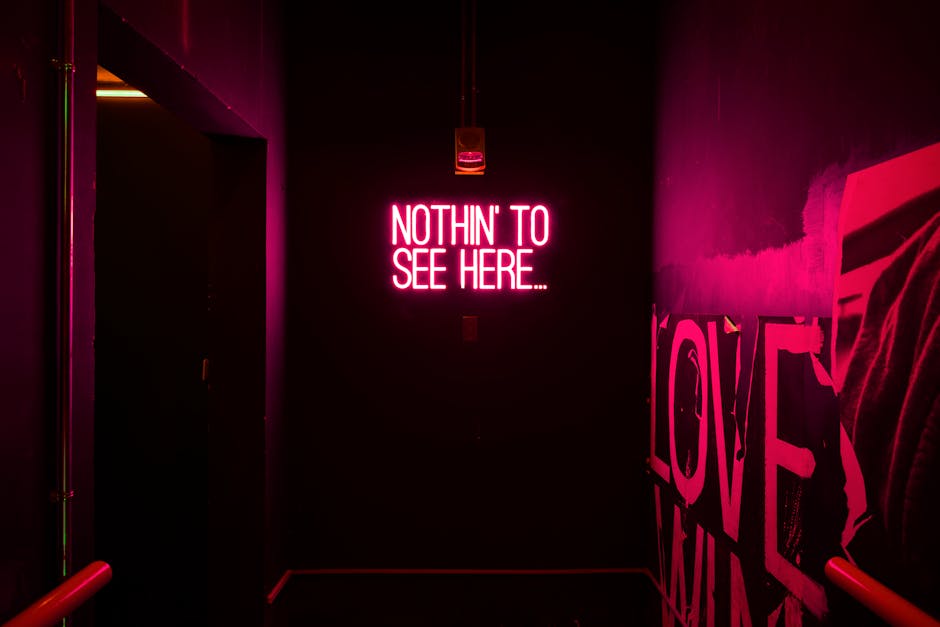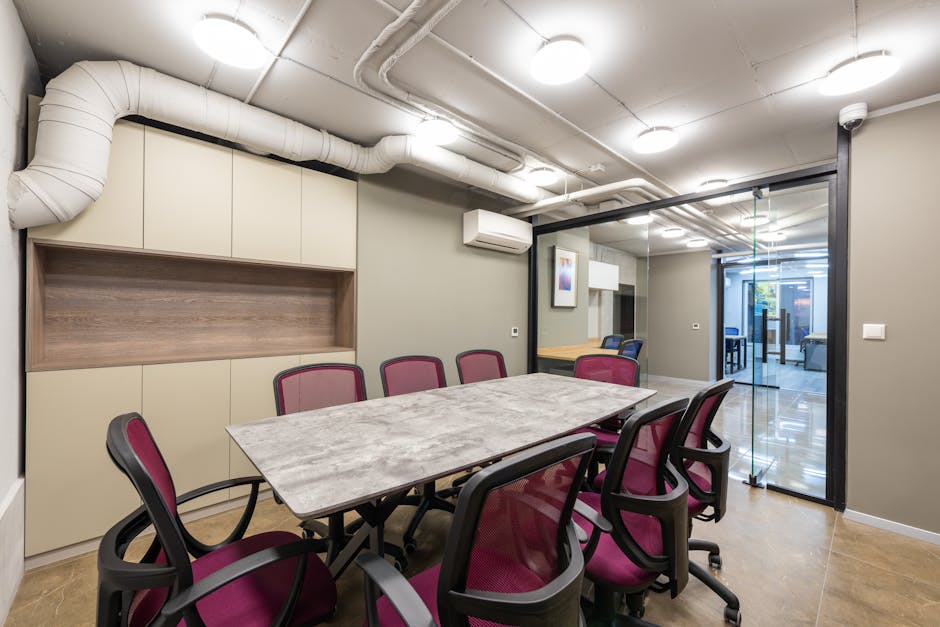The Ultimate Guide to Meeting Room Signage: Enhancing Efficiency and Collaboration
“Meeting room signage plays a crucial role in optimizing workplace efficiency and collaboration. From digital displays to integrated room booking systems, discover how to leverage signage solutions to streamline operations, improve communication, and create a more productive work environment. ”

In today's fast-paced business world, effective communication and efficient resource management are key to success. One often overlooked aspect that can significantly impact workplace productivity is meeting room signage.

The Importance of Meeting Room Signage
Meeting room signage serves multiple purposes:
-
Clarity and Accessibility: Clear and visible signage helps employees and visitors quickly identify and locate the desired meeting room, saving time and reducing confusion.
-
Real-Time Information: Digital signage can display real-time information about room availability, upcoming meetings, and occupancy status, enabling better planning and decision-making.
-
Branding and Professionalism: Well-designed signage enhances the overall aesthetic of the workplace, reinforcing brand identity and creating a professional atmosphere.
Types of Meeting Room Signage
There are various options available when it comes to meeting room signage, each with its own benefits:
1. Digital Displays
Digital signage solutions offer dynamic and interactive capabilities. They can display meeting schedules, room availability, and even integrate with room booking systems for real-time updates. Some advanced features include:
- Touch-screen interfaces for easy navigation and booking
- Customizable layouts and branding options
- Integration with calendar systems like Microsoft Outlook or Google Calendar

2. Traditional Signs
While digital signage is gaining popularity, traditional signs still have their place. These can include:
- Room name plates or numbers
- "In Use" or "Available" indicators
- Printed meeting schedules or directories
Traditional signs are cost-effective and require minimal maintenance, making them a viable option for smaller organizations or budget-conscious businesses.
Implementing Meeting Room Signage
To successfully implement meeting room signage in your workplace, consider the following steps:
-
Assess Your Needs: Evaluate your organization's size, meeting room layout, and specific requirements to determine the most suitable signage solution.
-
Choose the Right Technology: Research and compare various signage options, considering factors such as ease of use, scalability, and integration with existing systems.
-
Design for Clarity: Ensure that the signage design is clear, legible, and consistent with your brand guidelines. Use appropriate font sizes, colors, and icons for optimal visibility.
-
Train Your Team: Provide training and resources to help employees understand and utilize the new signage system effectively. Encourage adoption and gather feedback for continuous improvement.

Best Practices for Meeting Room Signage
To maximize the benefits of meeting room signage, follow these best practices:
- Keep signage updated and accurate to avoid confusion and double bookings.
- Establish clear guidelines for room booking and cancellation procedures.
- Regularly maintain and troubleshoot signage hardware and software to ensure smooth operation.
- Leverage data and analytics from digital signage to optimize room utilization and make informed decisions.
By implementing effective meeting room signage, organizations can streamline their operations, enhance collaboration, and create a more productive work environment. Whether you opt for digital displays or traditional signs, the key is to prioritize clarity, accessibility, and user experience.

Investing in meeting room signage is a smart move for businesses looking to optimize their workplace and stay ahead in today's competitive landscape. By following this ultimate guide, you can unlock the full potential of your meeting spaces and empower your team to collaborate more efficiently.